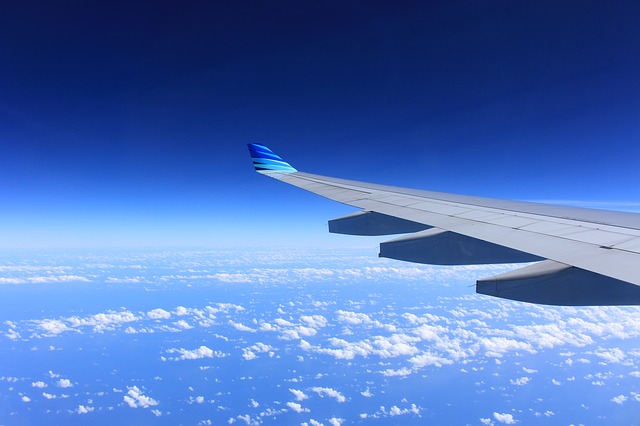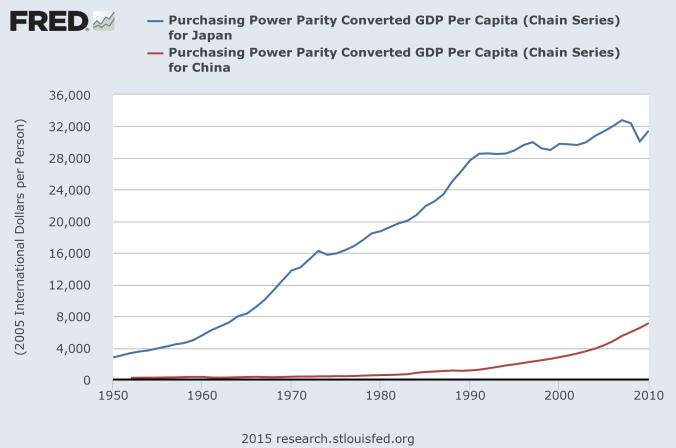Now I am in the air from Kuala Lumpur to Tokyo as I have a business trip. I always use Air Asia because it is convenient and reasonable. Since AirAsia has operated, it is getting cheaper to flight from Kuala Lumpur to Tokyo. It is very good, especially for younger generations. I would like to welcome them in Japan very much. Then I am wondering what the flight service will be in the future. Let us consider it with me!
1. Service on flight
Low cost carriers, including AirAisa increase the number of customers per flight compared with legacy carriers to reduce the price of the flight. Therefore services for each customer are not the sane as legacy carriers. I think, however, it will be improved dramatically supported by digital technologies. At each site, electronic dashboard might be equipped and all information, such as flight schedules, emergency evacuation methods might be provided. These are translated into many languages with machine translations so there is no need to worry about language barriers. ( In my flight of AirAsia, English, Japanese and Malay are used in the flight announcement. ) Meals in a fight will be improved, too. We might order meals on demand through the electronic dashboard whenever you want to eat. These data can be collected customer by customer. Therefore, preference of each customer might be known in advance. This technology is called “personalization”. So low cost carriers might predict what kind of meals are needed in the flight based on past experience of each customer. It enables them to widen the variety of meals served because there is less risk to have a lack of inventories of meals on the flight. To serve meals to each customer, robots of cabin attendant assistants might support cabin attendants so that meals are served smoothly. I am excited if I can choose many varieties of meals on demand.
2. Immigration
Before getting on the board, it takes time to pass immigration. I always think it might be more effective with technologies called “face recognition”. Computers can identify who you are by comparing to your face image stored on the passport. It is good to take less time to pass immigration for everyone. If it is connected to a database of INTERPOL, it can enhance identification of criminals.
3. Maintenance
Airplanes have a massive amount of parts. Therefore, maintenance is critically important to keep flights safe. Especially for low cost carriers, there is less time to maintain airplanes from landing to taking off again. It can be enhanced by technologies called “internet of things” and “predictive analytics“. In internet of things, each part has sensors and provide data periodically thought the internet. Data from the sensors are collected and analyzed by “predictive analytics” to predict which parts are likely to fail in advance. Maintenance can be more effective by using the results of predictive analytics. Data from sensors can be transmitted from airlines to airports, even though they are in the air. Therefore failed parts or potential one can be identified before air plains land. It enables us to decrease the time of maintenance.
Beyond low cost carriers, the airplane in the air might be connected to other industries such as hotels. For example, the flight might be delayed due to bad weather and customers need reservations of hotels as the flight will land at the midnight. In such case, We can reserve hotels thought digital dashboard of each sheet. It is good to have reservations of the hotel even if we are in the air!
I hope my flights will be more comfortable in the future! Could you agree?
Note: Toshifumi Kuga’s opinions and analyses are personal views and are intended to be for informational purposes and general interest only and should not be construed as individual investment advice or solicitation to buy, sell or hold any security or to adopt any investment strategy. The information in this article is rendered as at publication date and may change without notice and it is not intended as a complete analysis of every material fact regarding any country, region market or investment.
Data from third-party sources may have been used in the preparation of this material and I, Author of the article has not independently verified, validated such data. I and TOSHI STATS.SDN.BHD. accept no liability whatsoever for any loss arising from the use of this information and relies upon the comments, opinions and analyses in the material is at the sole discretion of the user.



